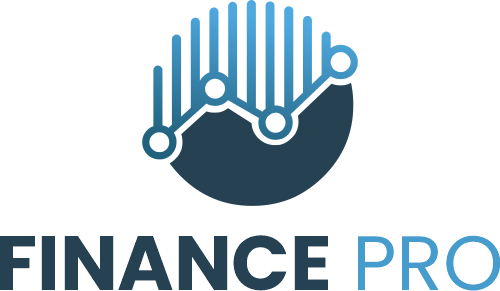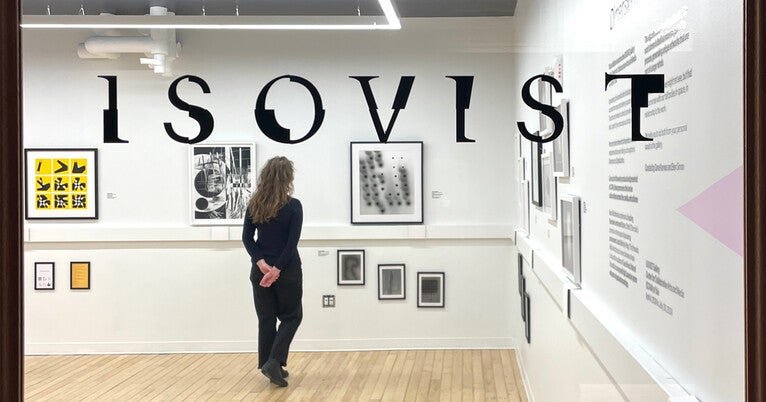A brightly colored patchwork quilt displayed in the new ISOVIST gallery at Yale’s Center for Collaborative Arts and Media (CCAM), obviously the work of a skilled hand, originated as an algorithm.
The quilt, which was handsewn by Robin Kingsbury, is a physical manifestation of a collaboration between Berlin-based digital artist Anna Lucia and the renowned Gee’s Bend Quilting Collective, an artists’ community in the hamlet of Gee’s Bend, Alabama, in which descendants of enslaved people carry on a local tradition of creating extraordinary quilts from old work clothes, feed sacks, and other castoff materials.
The quilters described their process to Lucia, who created an algorithm to generate digital quilts that blend the Gee’s Bend collaborative’s traditional folk patterns with a glitchy, modern aesthetic. Kingsbury’s quilt, which was one of 500 digital quilts created for a wider series, is a collage of pink, purple, red, yellow, white, and black strips, based on the algorithmic output of one of the digital quilts, “Generations #466,” which her son had purchased.
That quilt is now displayed alongside other examples of code-based artworks in an exhibition, “Dimensions of Digitization,” which launched the center’s new gallery at 149 York Street and is on view through August 31.
Curated by CCAM director Dana Karwas and digital-art collector Ben Simon, a computer art professional fellow at CCAM, the show features pieces in various media — textiles, prints, videos — that are born digital and undergirded by algorithms. It explores the process of extracting unique artworks from the digital world.
“Everything on the walls, with a couple of exceptions, is coded art,” said Simon, who contributed several works from his personal collection to the show. “It is algorithmic in some way and created by someone with software that produces an output.”

The pieces on view, and the algorithms undergirding them, exemplify the sort of work produced and presented at CCAM, a campus interdisciplinary center engaged in creativity-forward research and practice across art, science, and technology, Karwas said.
“Each piece begins in the digital space where it is frozen in time and then extracted through fairly traditional art processes,” she said. “It was the perfect pairing of digital and physical for our first show in the new gallery space.”
The recent opening of the gallery coincided with CCAM’s spring symposium, which was grounded in work happening at the center’s Ultra Space Lab, an interdisciplinary research project that engages in critical inquiry into humanity’ unfolding sci-fi future off planet, including investigations of the the relationships between the body and space.
Its name, “ISOVIST,” is a term that describes an individual’s field of view at any given time. In architecture and urban planning, the isovist is used to understand the body’s relationship through perception to its environment, Karwas explained.
Elements of the coded art exhibition have a sci-fi feel consistent with the Ultra Space project. For example, Bulgarian artist Iskra Velitchkova’s “ToSolaris” was inspired by Stanislaw Lem’s 1961 science fiction novel, “Solaris,” about scientists trying to understand extraterrestrial intelligence on an alien planet. The physical manifestation, printed on metal, is composed of abstract shapes in the foreground against a backdrop of blue, green, and black vertical bands.
Velitchkova describes her vision for the work in the exhibition’s program:
“After going several times over the book, I broke it up into episodes and I began to sketch scenes in the code. The different sketches are not directly representational, however, they allude to scenes. It feels like the next step in my personal exploration of narratives in generative art. My goal is definitely not to represent literally the story with code; rather, I want to create an algorithm capable of expressing the central themes of the narrative in a condensed form,” she said.
Another work in the exhibition, which comes from Canadian artist Dmitri Cherniak’s “Light Years” series, is a collaboration with the oeuvre of pioneering Bauhaus artist László Moholy-Nagy. Using a code-based generative system and incorporating motifs from Moholy-Nagy’s work (such as train tracks and telephone wires), Cherniak created a series of 100 works that pay homage to the late artist while being distinctly his own, according to the program.
In transferring the algorithm to the material world, Cherniak chose 100 outputs from the algorithm, and printed them on film negatives that he used to develop the images as silver gelatin prints.
Karwas, a critic at the Yale School of Architecture, contributed a piece to the show reacting to the other works on view. Playing off the idea that code-based art can potentially exist forever on computer servers, she created a digital cuckoo clock inspired by the so-called “Golden Records,” two phonograph records containing Earth-related sounds that were included on the two Voyager space probes — and which are now hurtling into the void beyond the solar system.
“I think the Golden Record is one of the greatest examples of an art-science collaboration,” she said. “To me, launching a record into space is like producing generative art. Both have the potential to live on forever; the record travels into infinity while the generative art lives on as computer code.”
The screen-based piece incorporates 24 of the “sounds from Earth” captured on the Golden Record, including a whistling train, a kiss, crickets, and laughter. Each hour, a new icon representing one of the sounds is launched into orbit until all 24 are orbiting together. Every 15 minutes, the cuckoo clock emits the sound associated with the most recent orbiting icon and all the icons tumble into a deep space spin before returning to orbit when the sound ends. And every night at midnight, the process resets and begins again.
One piece, artist Refik Anadol’s AI-generated data painting, “Winds of Yawanawa #804,” is displayed in CCAM’s front lobby. (Another of Anadol’s works recently was displayed in the lobby of the Museum of Modern Art for nearly a year.) To create the digital painting, Anadol partnered with artists from the Yawanawa community, indigenous to the Amazon rainforest in Brazil.
He incorporated artworks by Yawanawa artists and added weather data and wind patterns from their rainforest community into AI-software, generating a constantly churning and trippy emulsion of swirling colors.
“Our new gallery space showcasing works from Refik Anadol and other exciting artists let’s you experience the intersection of art and technology firsthand,” Karwas said. “CCAM has always been part of the university’s cultural ecosystem, and now we can show people how we contributing to it from many different angles, including digital art, performance, design, and all kinds of artistic practices.”
“Dimensions of Digitization” is open until September 30. The ISOVIST gallery is open by appointment to the general public — email ccam@yale.edu — and to members of the Yale community members from Monday to Friday, 10:00 a.m. to 6:00 p.m. CCAM is located at 149 York St. in New Haven.

